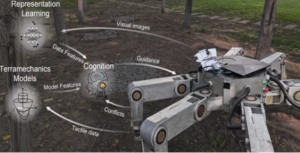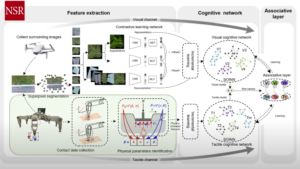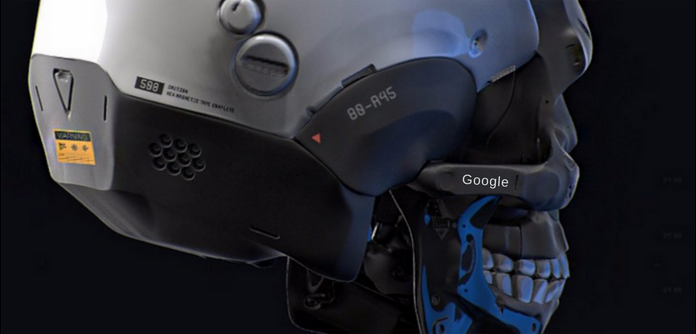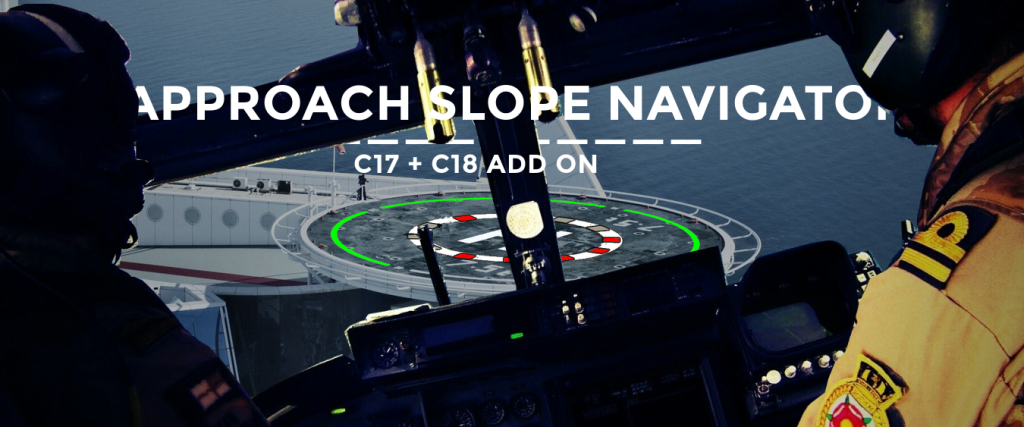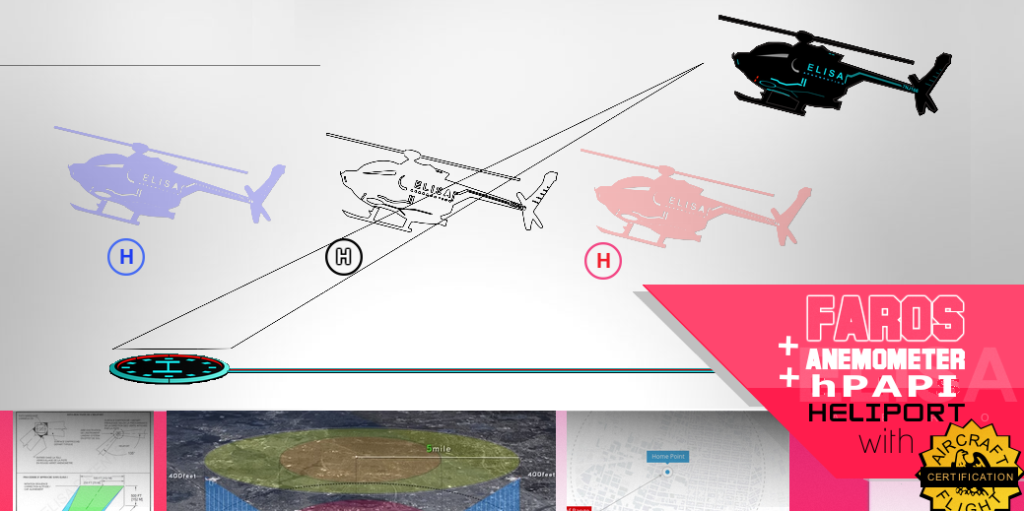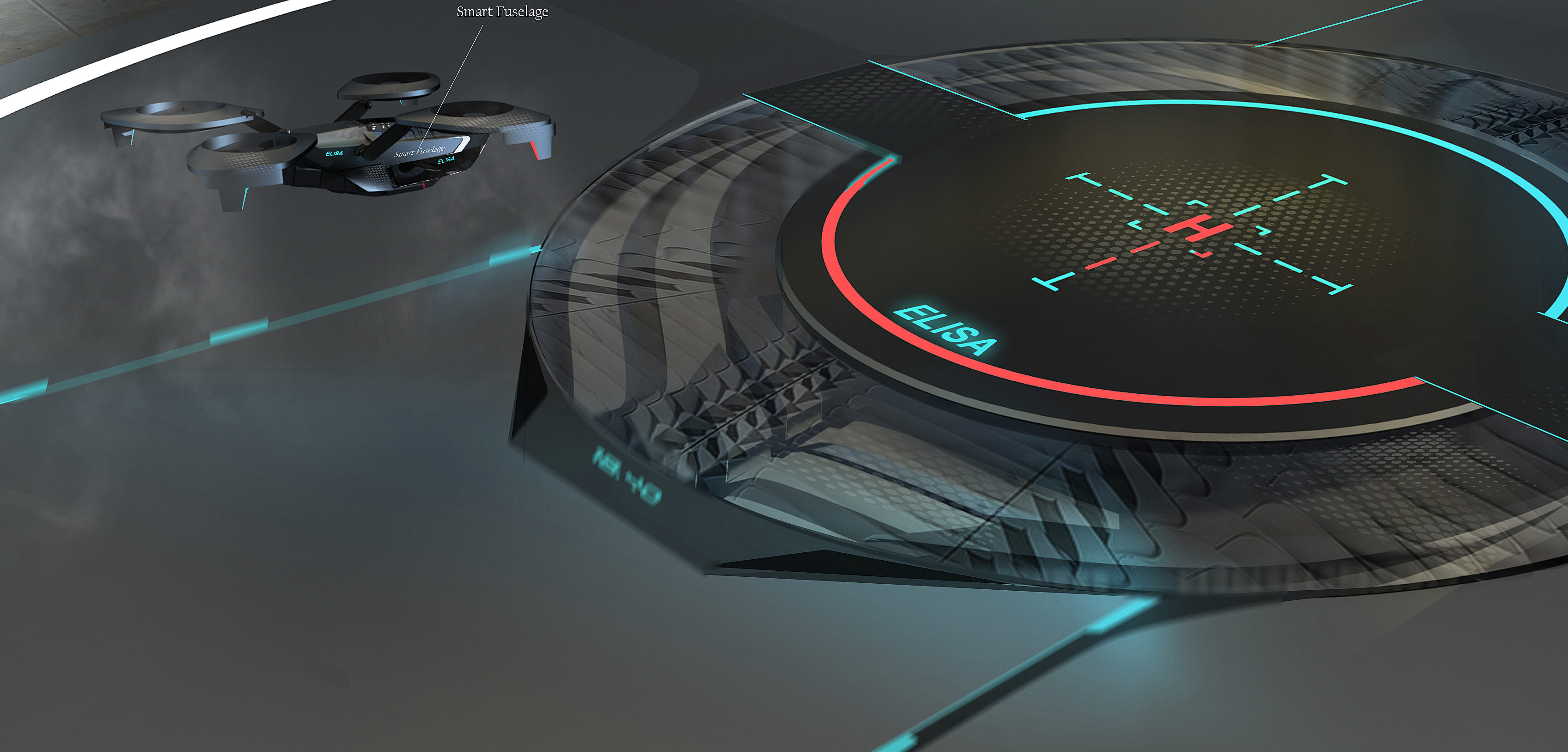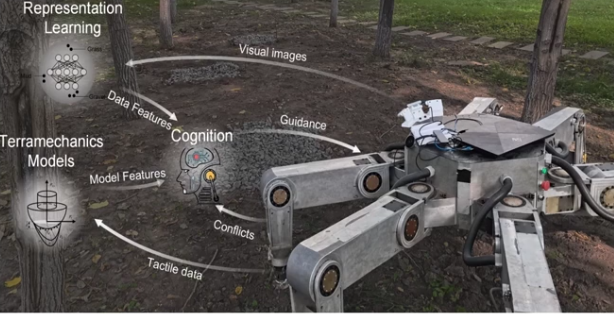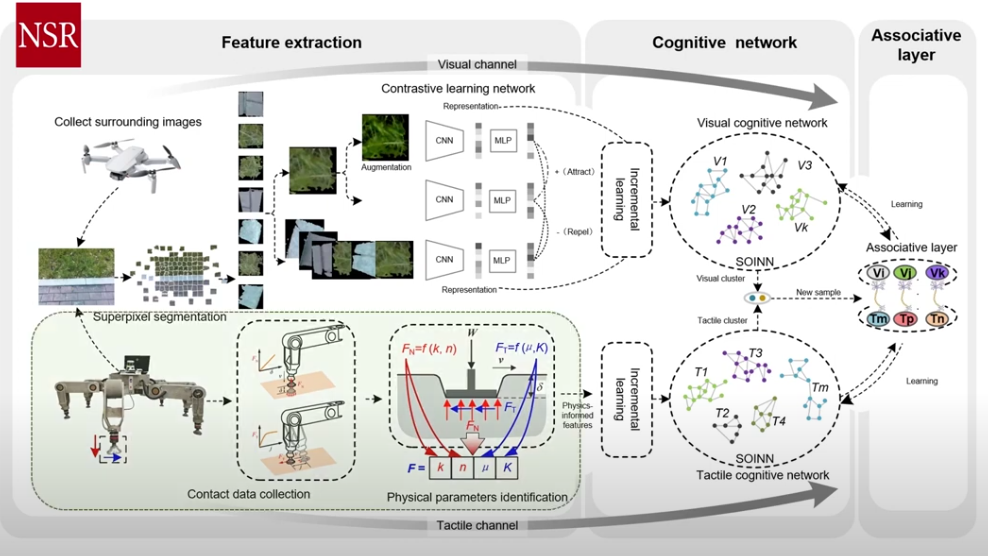Sequential Decision Problem
The problem of sequential decision-making in this context is to allow an Elisa symbiote to use its world model to decide what actions it's must perform in order to maximize the performance of holder. This optimization is evaluated according to internal Google programming provisions in real time, which leads the symbiote to chain a series of actions to achieve objectives that are not immediately attainable.
It is a matter of enabling the human user to define a good policy of actions for the environment in which he is confronted. The sequential decision problem is usually dealt with using planning and reinforcement learning algorithms. In this case, beyond the normal interaction with the environment, represented by the afferent inputs (sensory, external processor..) and effective outputs ( visual servoing, motor..), the user receives an evaluative stimulus which informs him of what he did was good or bad.
During its interaction with the world, the symbiote host, which is based on continuous observation of the evaluation signal, has the task of constructing an action policy that maximizes the average of the rewards received over a time horizon greater than immediately. This policy should guide the decision of the symbiote as to what conduct it will take depending on the situation in which it is located considering not only immediate rewards, but also a sequence of planned decisions to obtain a good long-term performance.
To learn a model of the world, find a good policy of actions and at the same time, doing well in the environment requires addressing the dilemma of exploration and exploitation. In this case, artificial intelligence must adopt an exploration strategy, not only by planning sequences of actions to achieve positive situations, but also to take advantage of the actions undertaken by other symbiotes connected.
The symbiotic-environment dichotomy can generally describe different types of systems, natural or artificial, as well:
- an autonomous manned drone fleet that flights in urban space
- a pilot who performs a maneuver in bad weather under visual servoing
- Google bots intelligent search engine
- a bacterium in a chemical solution
- a soldier whose physio-pathological state is displayed on his tactical jacket
- an active camo fuselage of a fighter plane, etc. Learn more >

Autonomous Portable C19 Drone ship, afferent organ of the Elisa symbiote. July 14, 2013
The dichotomy between the symbiote and computer environment is similar to the organism and environment in biology.Interactivity is the first notable feature in the relationship between the symbiote and its environment. Thus, the symbiote-based computer model is distinguished by the presence of a continuous cycle of operation.
In natural systems, between the symbiote and environment, there is no precise boundary. This distinction can be based on the organizational cohesion of the symbiote which is a dense, relatively stable system and highly integrated with the global system. It is possible to envisage the presence of various agents in the same environment which characterizes a multi-symbiotic system.
These various symbiotes (C16, C17, C18, C19 protocols) may have similar efference or may be very different, forming a kind of ecosystem. From the specific point of view of each symbiote, the other symbiote are part of the environment, being included among the other objects with which it interacts. However, it is generally the existence of many symbiotes with a computational mutation that is the main factor of interactivity of the system as a whole.
An Elisa symbiote is an autonomous entity, which lives in its surrounded external retrocontrol environment. All the processes involved in decision and action initiatives must originate in the own connected network of its Google matrix.
An autonomous symbiote is an entity located. Thus, the environment in which it is inserted plays an important role in modeling the human user himself. The means by which the carrier and environment interact and cause mutual interference becomes very important for the characterization of the overall system. The symbiote is located because its decisions are made in relation to the context in which it is, ie the actions that the symbiote performs are the result of an internal decision-making process, but carried out according to parameters also coming (or mainly) from a network mutated by Google AI.
The interface between A.I and the world is limited. The symbiote located is neither omnipotent in relation to the environment, that is to say that the world is only partially susceptible to the sensory perception of the symbiote and that the holder is only partially capable of being transformed by the force of the actions of his symbiote.



